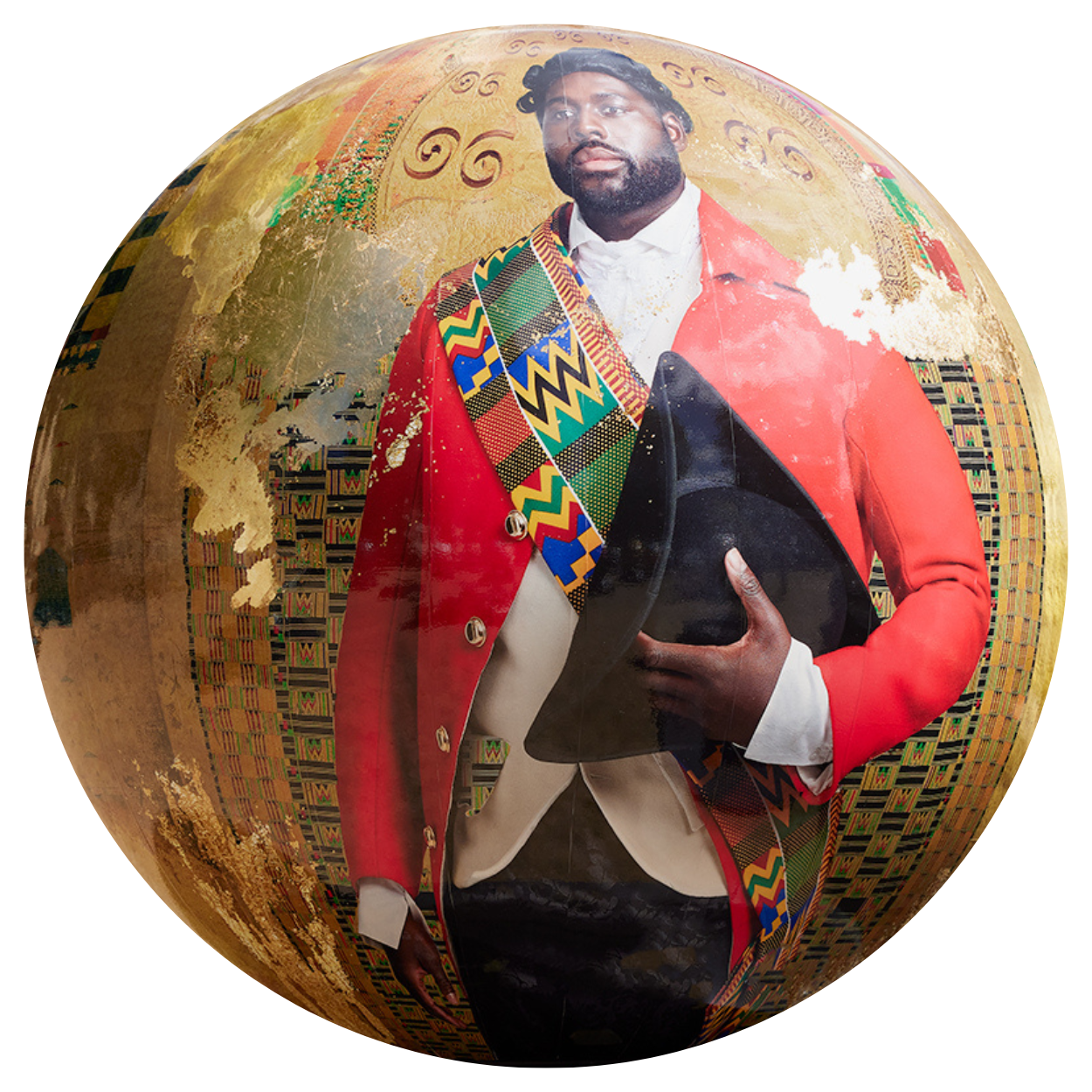




The Road To Freedom, Hidden In Plain SightThe word abolitionist is usually synonymous with activists such as William Wilberforce, James Ramsey, John Wesley, and the Quakers. In the eighteenth century, Black abolitionists who had themselves been enslaved played a crucial role in abolition of slavery in the UK. Through their publishe... |


| Peters Hill |
Àsìkò’s design responds to the theme ‘Abolition & Emancipation’, which shares the story of the campaign for abolition, its key events, heroes and allies. It also lays bare the full, messy motivations and process of abolition, which were not as pure as often represented.
The word abolitionist is usually synonymous with activists such as William Wilberforce, James Ramsey, John Wesley, and the Quakers. In the eighteenth century, Black abolitionists who had themselves been enslaved played a crucial role in abolition of slavery in the UK. Through their published autobiographies and public speaking, they helped to bring the British anti-slavery movement into the public eye. Their autobiographies highlighted the harsh realities of the Transatlantic Trade in Enslaved Africans, recounted from their point of view and thereby giving a voice to the voiceless.
The artwork is a series of three portraits of the Black abolitionists; Olaudah Equiano, Mary Prince and Ottobah Cugoano who lived in the UK between 1745 and 1833. The work celebrates these abolitionists through the medium of photography and collage. This globe reimagines the three abolitionists in their European dress incorporated with aspects of their African heritage.
The work employs fabric aesthetics into the storytelling ensemble of symbols within the artwork. In African cultures fabrics play an important role in showing where a person is from, their social status and identity. The work juxtaposes the European clothes and fabric worn by the abolitionists at the time against the indigenous fabrics of their African cultures.
I was inspired by their bravery and determination in the face of great opposition in the social societal structures of their time. Through this work I hope to shine a light on the Black abolitionists in British society who were instrumental in shining a light on the atrocities on the trade in enslaved Africans.
Àsìkò is a conceptual photographer whose practice is anchored by the interpolation of his emotional experiences as a Nigerian born (and raised) British citizen, into a life-long, cultural and spiritual exploration of his Yoruba heritage. His work is motivated by a drive for greater self-awareness, authentic creative expression and therefore the development of a visual language that articulates new ways to understand the liberatory possibilities of African diasporic identity.
Àsìkò’s design responds to the theme ‘Abolition & Emancipation’, which shares the story of the campaign for abolition, its key events, heroes and allies. It also lays bare the full, messy motivations and process of abolition, which were not as pure as often represented.
The word abolitionist is usually synonymous with activists such as William Wilberforce, James Ramsey, John Wesley, and the Quakers. In the eighteenth century, Black abolitionists who had themselves been enslaved played a crucial role in abolition of slavery in the UK. Through their published autobiographies and public speaking, they helped to bring the British anti-slavery movement into the public eye. Their autobiographies highlighted the harsh realities of the Transatlantic Trade in Enslaved Africans, recounted from their point of view and thereby giving a voice to the voiceless.
The artwork is a series of three portraits of the Black abolitionists; Olaudah Equiano, Mary Prince and Ottobah Cugoano who lived in the UK between 1745 and 1833. The work celebrates these abolitionists through the medium of photography and collage. This globe reimagines the three abolitionists in their European dress incorporated with aspects of their African heritage.
The work employs fabric aesthetics into the storytelling ensemble of symbols within the artwork. In African cultures fabrics play an important role in showing where a person is from, their social status and identity. The work juxtaposes the European clothes and fabric worn by the abolitionists at the time against the indigenous fabrics of their African cultures.
I was inspired by their bravery and determination in the face of great opposition in the social societal structures of their time. Through this work I hope to shine a light on the Black abolitionists in British society who were instrumental in shining a light on the atrocities on the trade in enslaved Africans.
Àsìkò is a conceptual photographer whose practice is anchored by the interpolation of his emotional experiences as a Nigerian born (and raised) British citizen, into a life-long, cultural and spiritual exploration of his Yoruba heritage. His work is motivated by a drive for greater self-awareness, authentic creative expression and therefore the development of a visual language that articulates new ways to understand the liberatory possibilities of African diasporic identity.

Login or Register to track the Globes you visit for chance to win a FREE copy of The World Reimagined book!
Find Out More


Artist Globe |
Learning Globe |
Points of Interest |